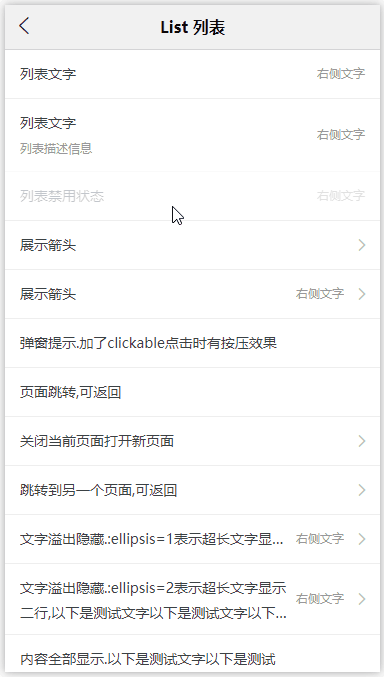项目:taro3+vue3
用法:
<at-virtual-scroll
bench="5"
:height="listHeight"
:items="fieldList"
:item-height="itemHeight"
>
<template #default="{ index, item }">
<view :id="`merchant-item-${index}`"
class="merchant-item f-l-c">
<image class="logo" src=""></image>
<view class="con">
索引号-{{ index }}
</view>
<view
class="navigator">
<image class="img-navigator" src=""></image>
</view>
</view>
</template>
</at-virtual-scroll>
参数
height — 列表容器高度
item-height — 列表item高度
items — 列表数据
注意点:item-height不能直接用设计稿里面的高度xxpx,要转成rpx, 而css里面item的高度用设计稿的高度,比如设计稿宽750px, item高200px,间距20px, 列表容器高度是81vh, 如果容器需要减去其他元素的高度,其他元素高也要转rpx
const itemHeight = computed(() => {
return Math.ceil(Taro.getSystemInfoSync().windowWidth / 750 * 220)
})
const listHeight = computed(() => {
return Taro.getSystemInfoSync().windowHeight * 0.81
})
效果:

源码中每个item都是通过定位来显示的,第一个top为0,之后的是item-height * index, 所以item-height中要包含每个item的间隔
问题:
列表向下滚动没有问题,但是向上回滚时,节点不能和视图相对应文章来源:https://www.toymoban.com/news/detail-565671.html
 文章来源地址https://www.toymoban.com/news/detail-565671.html
文章来源地址https://www.toymoban.com/news/detail-565671.html
到了这里,关于taro-ui-vue3 的虚拟列表组件VirtualScroll的文章就介绍完了。如果您还想了解更多内容,请在右上角搜索TOY模板网以前的文章或继续浏览下面的相关文章,希望大家以后多多支持TOY模板网!













